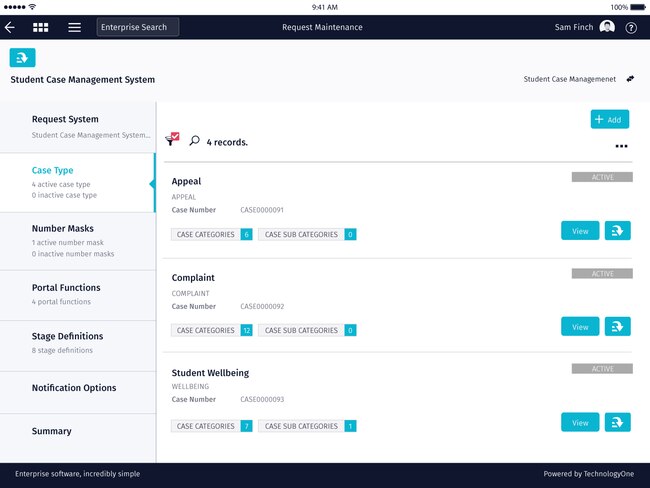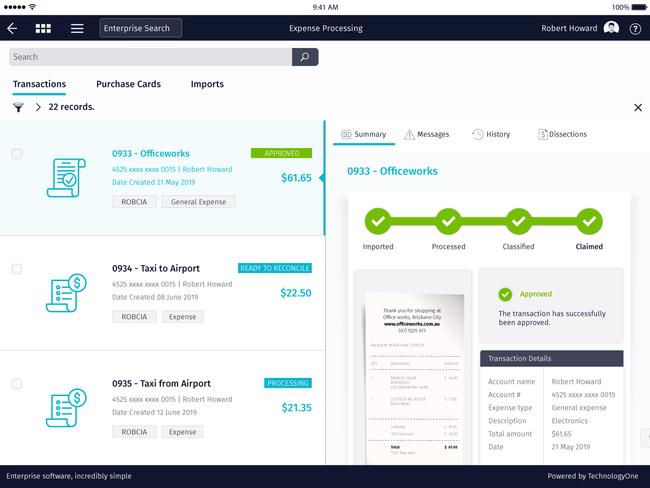SaaS could deliver a productivity premium for government
The world is at an inflection point as the old ways of deploying and using technology are swept away. It is powering massive changes and if applied to government services could realise direct benefit savings to Australia in the order of $224 billion dollars over the next 10 years.

-
-
About once in a generation, there is an inflection point in technology that changes the way we do everything. It only becomes obvious years in retrospect just how profound the change really was. By that time, organisations and nations that saw the opportunity and acted most quickly have leapt ahead of the pack.
The world is in such an inflection point right now as the old ways of deploying and using technology are swept away. We used to own, manage and operate technology ourselves. Today, we are consumers of technology.
Simple as this sounds, it is powering massive changes. The streaming of music and video transformed our personal entertainment habits. ChatGPT and Artificial Intelligence are all the hype. Those technologies are built on the new model of consuming – rather than owning – technology known as Software-as-a-Service (SaaS).
The efficiencies driven through the economy are mind-blowing. The opportunities to gain by moving faster are too big to ignore. Modelling shows that speeding up the transition so that key sectors of the economy – such as government, local government, higher education, infrastructure and health and community services – have made this digital leap in three years would realise direct benefit savings to Australia in the order of $224 billion over the next 10 years.
This is mind blowing and would free up significant funding for additional public and community services, upgraded and additional infrastructure, more doctors, nurses, teachers and educators.
To seize this moment we need to recognise a couple of barriers. Firstly, human beings find change uncomfortable and will often cling to the status quo. Secondly, entire businesses are built on the status quo.
In the old model, software vendors would provide software, another party would implement it, then a third would maintain and support it. Massive consulting businesses have grown to give buyers advice on how to manage such complication.

They all have a financial incentive to make the process complicated and slow except the software vendor, who has already made a sale and moved on.
To truly drive forward the productivity benefits of SaaS, governments and businesses must be willing to push past the vested interests of those who benefit from the status quo and demand new business models and new approaches. Disruption is hard, disruption takes vision, grit and determination, but disruption is always the core of micro-economic reform.
As Treasurer Jim Chalmers prepares his response to the Productivity Commission’s report, he has already flagged that technological possibilities – with SaaS at its core – will be front and centre, as one of the few levers available to policy makers to drive a step change in national productivity performance.
There is a role for Government in promoting this transition because the national opportunity is historic and because Government, as a user of technology, can save tens of billions of taxpayer dollars. And there are cost-free, impactful actions that can be taken very quickly.

For example, introducing a SaaS-First policy across Government. Cloud-first policies had a powerful catalytic effect globally, shifting deep cultural conservatism and empowering public servants to make different decisions. SaaS First is the evolution of Cloud First and would drive Government to keep pace with the changes in technology over the past decade.
Governments should also communicate their own cybersecurity standards and expectations to encourage the private sector to develop a similar set of expectations. Modern, fit-for-purpose and fast evolving cybersecurity can only be delivered through scale solutions such as SaaS.
Lastly, governments should develop tools to capture the full costs and benefits of moving to SaaS, making these available to the business community. Low awareness by management, transition costs, and uncertainty of benefits are the biggest inhibitors to a more rapid digital uplift.
Beyond the productivity uplift these policies would bring, the decommissioning of inefficient, dispersed computing and its replacement by centralised cloud-based alternatives is also a necessary part of the journey to decarbonising our economy.
Australia is in an advantaged position due to fast internet and is generally an early adopter of emerging technology. This lays a foundation for a new generation of disruptive technology, such as mature business software applications.
The more rapidly these are adopted, the greater the economic uplift, transforming Australia into a high productivity, low-pollution future to benefit all citizens.
Ed Chung is chief executive of TechnologyOne
-
The Australian’s editorial staff were not involved with the production of this content.This content was produced on behalf of TechnologyOne.
Read our policy on commercial content here.
-


